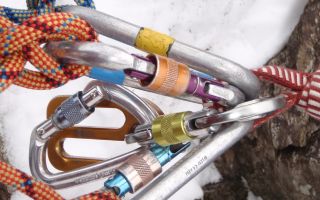Navigational tips when approaching DofE
Category: DofE Advice and Guidance
Posted by Holly Moffitt
Here are some top tips to navigate the world of navigation... it can feel a little overwhelming but be rest assured there are heaps of tools in the box to help you determine your location and where you are heading. With plenty of practice these tools will soon become second nature. Let's get started!
- Orientate your map. Simply lining your map to face the direction you are stood makes for a far easier start point and is an ideal first step. You can look around you to build a picture of whereabouts you may be stood eg at the head of a valley, near a fence boundary or locating the campsite you’re in. Hold your compass out to determine your direction and line your map's northings/eastings up with where you are facing. Sometimes the hardest leg of your navigation is leaving the carpark so set yourself up strong and orientate yourself. You can check out some top tips on choosing your compass over on the Duke of Edinburgh's Award website too.
- Contours are King. We say to trust contours above other map features as they are the very least likely thing to change. It is tempting to depend on streams, woodland and fences to situate yourself when you are stood right next to said feature and acknowledging they exist and using it as a check is fine. But its oh so easy to fall into a false sense of security and rely on manmade or changeable features. If there has been heavy rainfall streams may be flooded and harder to distinguish. Woodland may be chopped down and changed. Boundary marks on the map may not even exist in reality or could appear entirely different to how you imagine. Read the contours and you will be able to identify the intricate curves in the land and situate yourself to a much close radius.
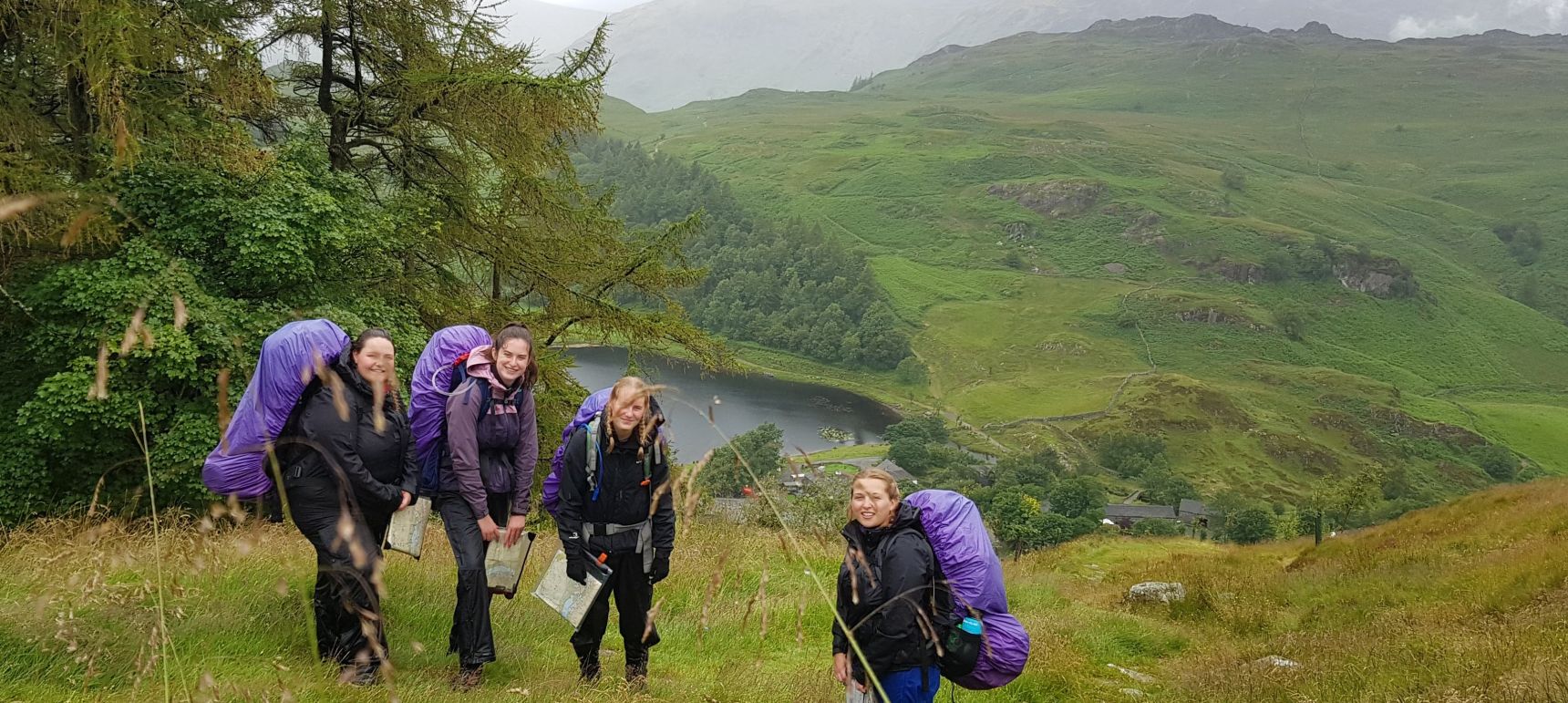
- Hold your compass flat. It sounds rather straightforward yet surprisingly this can be a common hiccup. Perhaps you are rushing or its raining and windy, may be your focus has dwindled as you grow tired or you simply don't pay attention for a moment - however if the compass is tilted ever so slightly it can meddle with the accuracy of your bearing. Lock your compass against your stomach to help you look down and hold your compass flat. Let the arrow at the top of the compass point outwards and take a couple of seconds to let things settle before you continue with your navigating.
- Check your bearing. Take your bearing, check it, and compare it with a friend. The beauty of a DofE experience is you have a whole team of participants going through the same motions as you. Make use of your shared experience and compare bearings to see how and if they vary. It is never wasted time to recheck your bearing before you go marching off as only a couple of degrees can lead you on a very different path of direction.
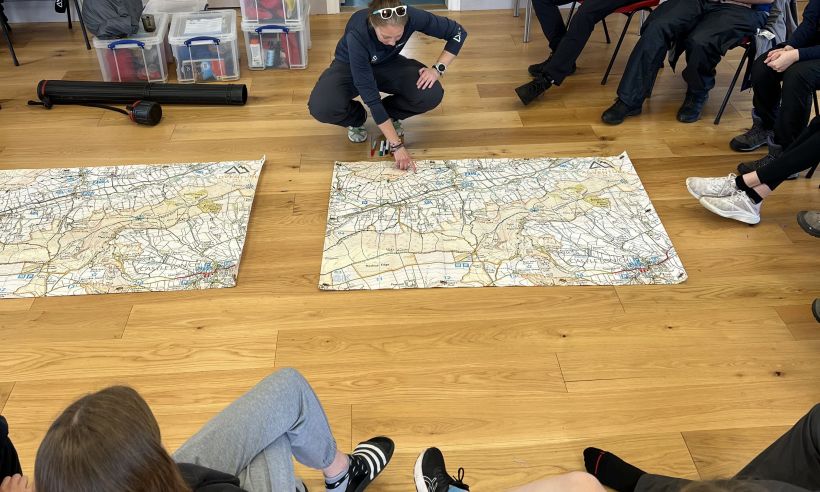
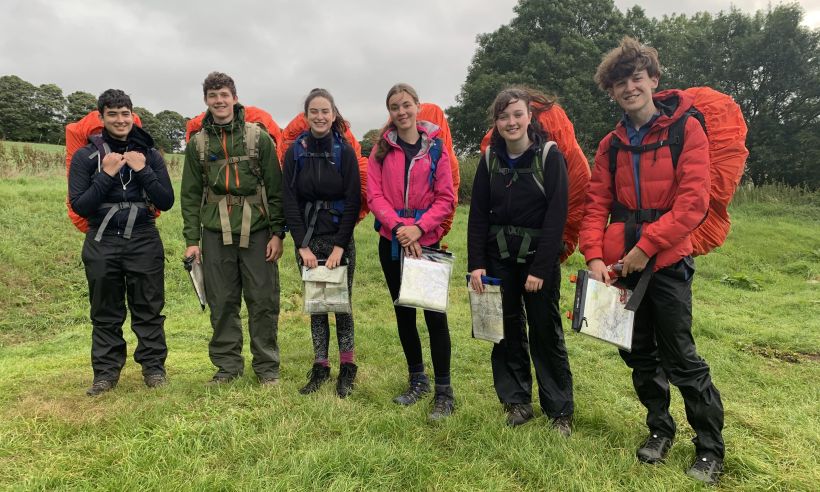
- Bring a spare. If you happen to have an old or cheaper compass, it is always handy to have a backup in your bag. Compasses can get hairline cracks which can often lead to bubbles appearing when changes to temperature occur. Along with your Silva EXPEDITION4 compass (or similar recommended compass option), head to a store to pick one up for less than a tenner and keep it in your bag as a reserve. They are so light it would be an indiscriminate impact to your load but a welcomed saviour if your compass gets a crack on expedition or assessment.
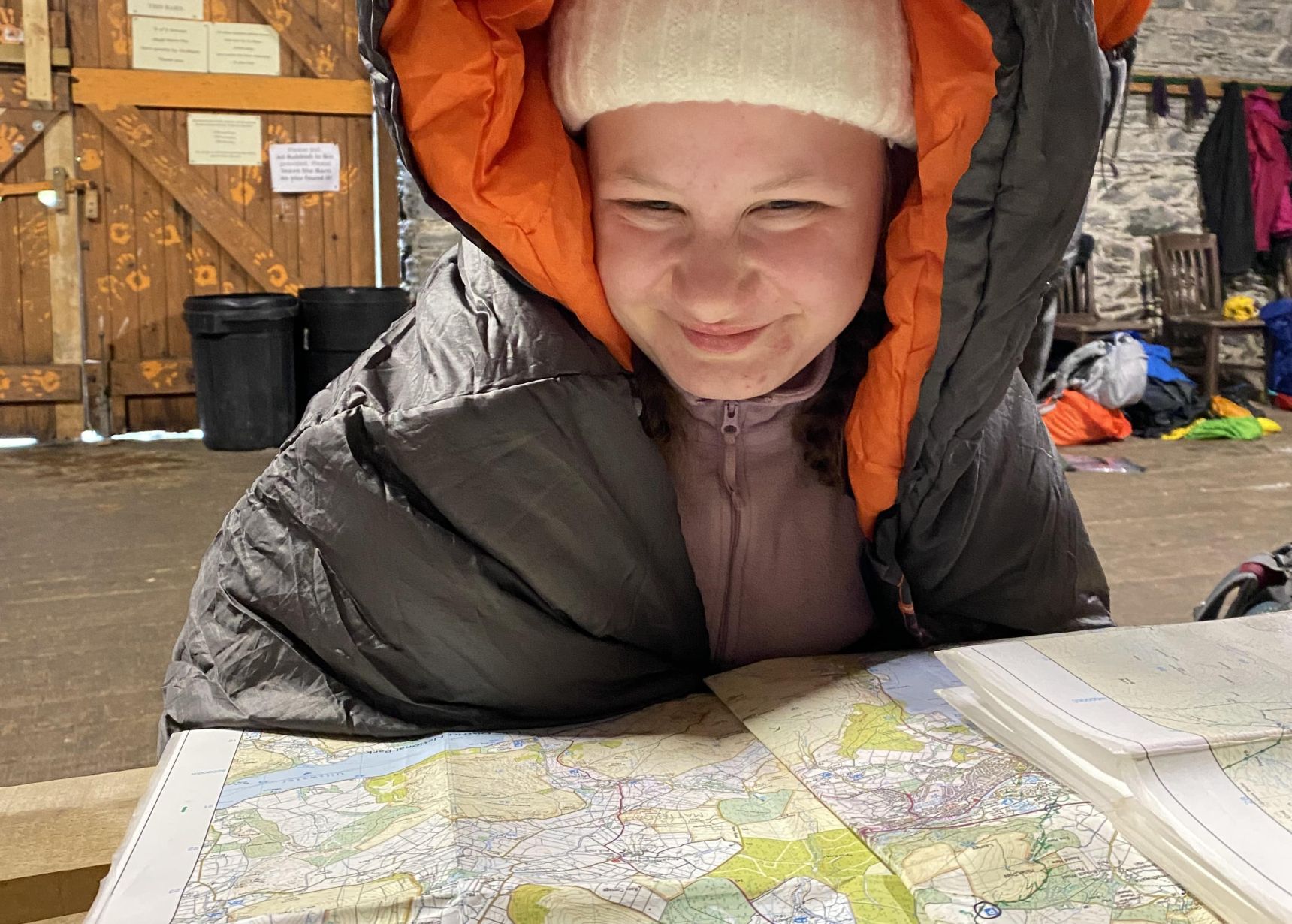
- Consider slope aspect in your navigation toolkit. You may find yourself in a location where there are several spurs emerging from the hillside and it can be a challenge to nail down exactly which spur you are stood on. Slope aspect is a fantastic way of narrowing this down. Simply using the point of the compass, face directly down the hillside and note which direction you are facing. Then, take a look at your map and drop your compass on top to marry up the spur that has the very same slope aspect as the one you have measured. Voila!
- Have fun with it! There are heaps of games you can have a go at that incorporate your navigational skills. Get your DofE buddies together to all race to find the same location, head to a local orienteering fun run to get more acquainted with your map, or sit with your map and look out at the landscape to see if you can spot different contour features. It gives you different ways to get more comfortable with the map and aids your imagination when thinking what a feature might look like en route.
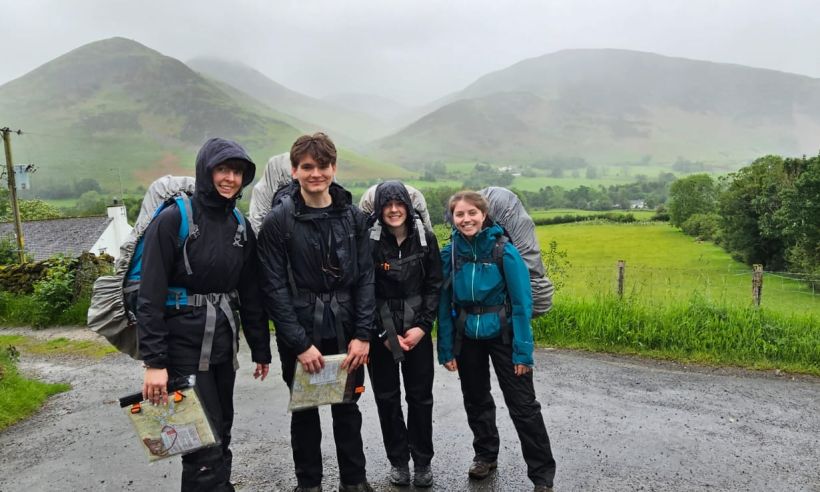
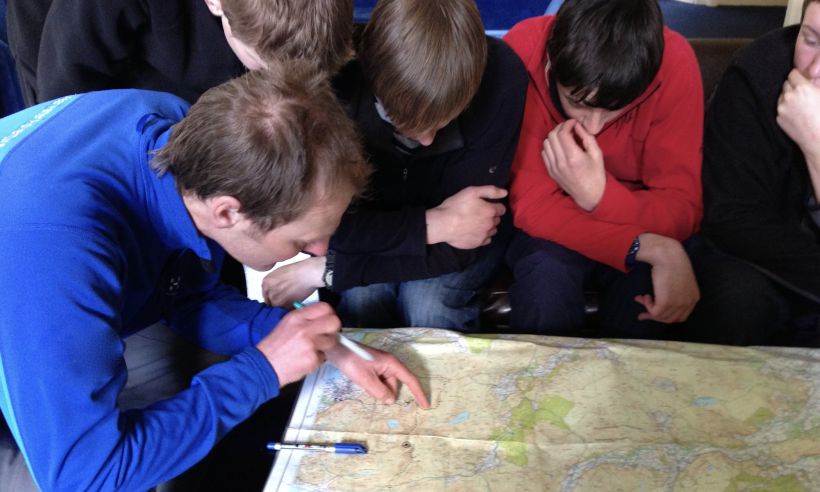
Participants often approach the navigation side of the Duke of Edinburgh's Award with a little apprehension. Yet when they get started and start to utilise all the navigational tools in their toolkit, the map comes to life and they read the land like a familiar book. After all, the mapping systems are not trying to catch you out - they are set up to be a useful navigational resource for you.
We hope to see you on an upcoming Duke of Edinburgh's Award or simply out enjoying some time with your map. And remember, it's ok not to get it right every time. Simply knowing how to recover yourself and relocate using all your navigational knowhow is equally as important!

